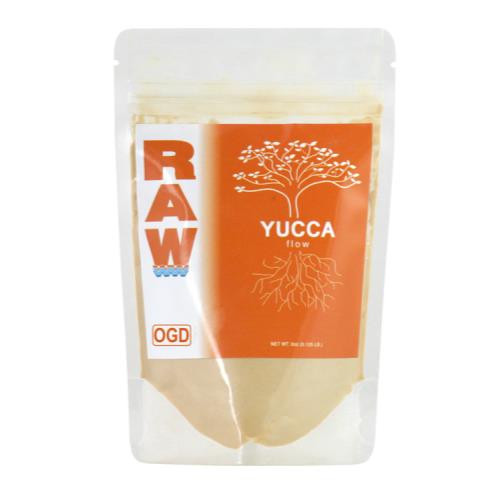Product Overview
RAW Cane Molasses (0 - 0 - 1) is a highly concentrated, water soluble micronized molasses that gives all the benefits of liquid molasses without all the mess. The smallest 2oz package of RAW Cane Molasses is equivalent to 1 gallon of liquid molasses which makes it easier to transport. Cane Molasses is an excellent source of carbon energy (food) for beneficial microbes. RAW Cane Molasses is a beneficial supplement to all feeding schedules. Works in conjunction with all nutrient and feeding programs.
Makes up to 200 gallons.
Plants are autotrophic (self-feeders). In other words, plants make their own food through a process called photosynthesis, by which the plant manufactures its own sugars in the presence of full-spectrum light. Some of the sugars are used as carbon skeletons for building plant tissues, but some of the carbohydrates are “burned” to produce fast energy for vigorous growth, reproduction and cellular repair. Excess carbohydrates are stored for later use, or leaked to feed beneficial microorganisms in the root zone. In some cases, as much as 30-50% of the energy of photosynthesis is used to feed the soil-born microbes!
In soil, carbohydrates and other organic molecules feed the microorganisms, and microorganisms feed the plant. Although plants usually manufacture enough extra carbohydrates to feed a healthy population of plant-growth-promoting rhizobacteria, it is sometimes helpful to provide carbohydrate supplements. Supplementary sugars feed many of the microorganisms directly, allowing the plant to conserve some of its energy for increased productivity, quality and yield. Very little of the added carbohydrates are taken up directly by the plants, but both simple and complex carbohydrates are readily available to beneficial microorganisms. In return, the microorganisms produce growth hormones, amino acids, B-vitamins and other important biostimulants.
As more is discovered about the benefits of plant-growth-promoting rhizobacteria (PGPR), there is a new interest in making compost teas and other microbial inoculants. Water soluble carbohydrates such as micronized molasses cane sugar are an excellent carbon source when making compost teas. Molasses not only provides a good carbon source for rapid microbial growth, but it is also loaded with essential trace elements. As beneficial microorganisms feed on the sugars, they multiply and divide, and in the process they make enzymes and co-enzymes that stimulate the plant. Trace elements activate many of the enzymes that are produced.
Plant cells and microorganisms also produce organic acids called Krebs cycle intermediates. In addition to energizing plant cells, organic acids help the plant take up important trace elements such as iron, manganese, copper and zinc. For example, if there is an iron deficiency in the soil, plants will exude citric acid and other organic acids from its roots to help make the iron more soluble. Introducing small amounts of Krebs cycle intermediates directly to the hydroponic nutrient formula can improve the transport of mineral ions, while revving up the metabolism of the plant.
Although small molecular weight organic molecules can have a beneficial effect in hydroponics, adding complex sugars directly to a hydroponic nutrient solution can have a negative effect on plant growth. Most hydroponic nutrient formulas provide about 90% of the nitrogen to the plant in its nitrate form. So if a carbon source such as sugar is added to the reservoir, a competitive advantage will be given to microorganisms that feed on nitrates and make the nitrogen unavailable to the plant! Don’t add sugars to a hydroponic nutrient formula, especially during the vegetative stage when nitrogen needs are the highest.
During the later stages of fruiting and flowering, however, supplemental carbohydrates may have a beneficial effect. More than 80% of the nitrogen needs of the plant are met during the first half of the plant’s life. So if nitrate nitrogen is drawn down in the final stages of plant growth, any potential negative effects would be minimized and more of the plant’s energy could be used for fruit and flower production. Root zone microorganisms will also continue to stay active, feeding on excess nutrients, chelating them and making them more soluble. Therefore, sugars and other complex carbohydrates may be beneficial when flushing excess salts from the root zone.
Copyright 2013
Harley Smith









